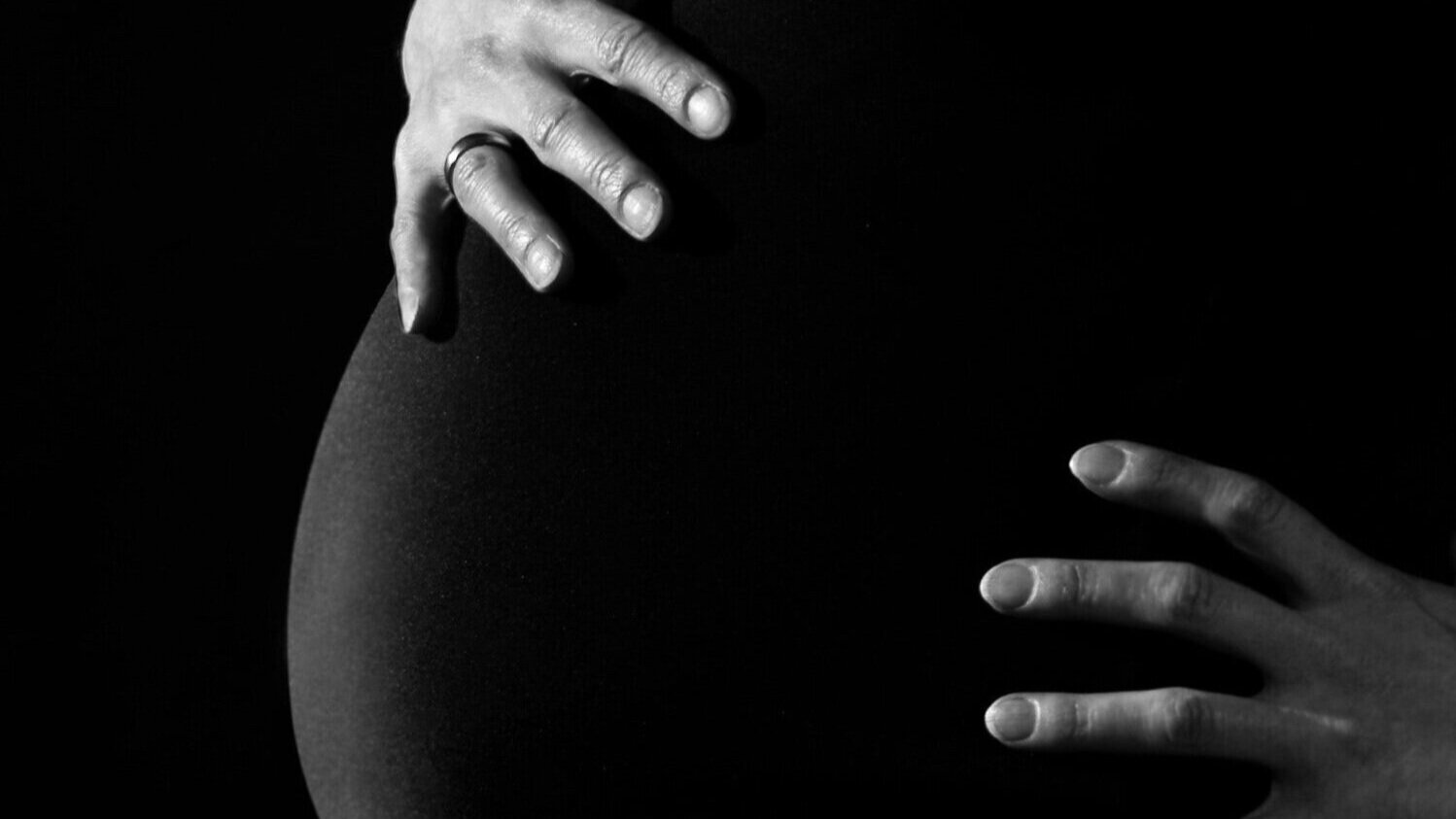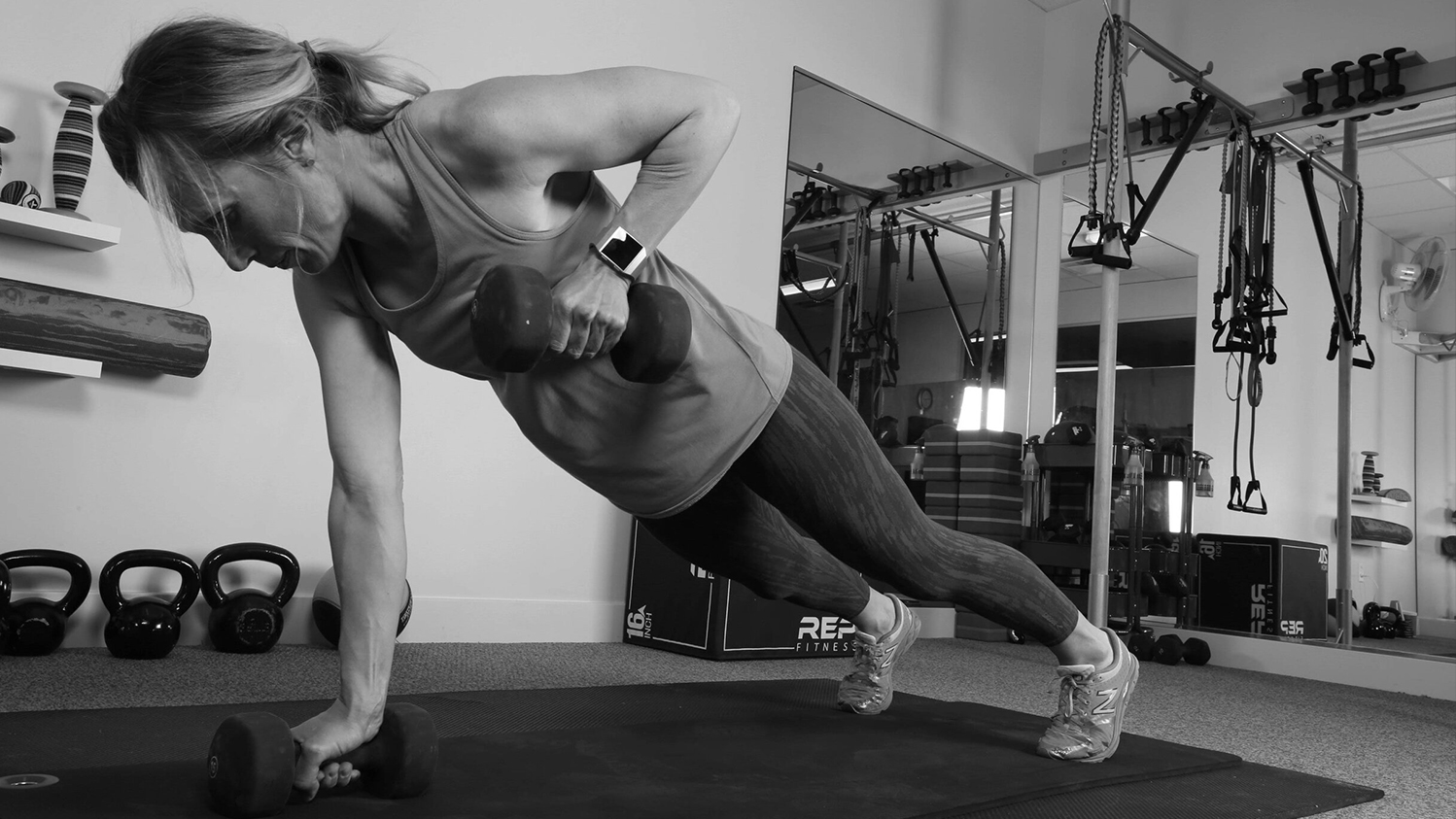
Half Of Women Experience Incontinence And Pelvic Pain In Their Lifetimes

The Average Woman Waits 7 Years Before Seeking Treatment For These Symptoms
Common Pelvic Conditions We Treat
- Pelvic pain
- Pudendal pain syndrome, endometriosis, pelvic fracture
- Pain with intercourse
- Dyspareunia, vaginismus, vulvodynia, hypertonic pelvic floor
- Urinary urgency and frequency
- Interstitial cystitis
- Pelvic organ prolapse
- Urinary/fecal incontinence and constipation
- Gastrointestinal dysfunction
- SI, low back, hip, tailbone, abdominal, and groin pain
- General strengthening through the lifetime: prepartum, postpartum, menopause, osteoporosis
Prepartum Conditions We Treat
- Exercise during pregnancy
- Back/hip pain
- SI joint dysfunction
- Pubic symphysis dysfunction
- Urinary incontinence
- Constipation
- Proper body mechanics and pushing mechanics training during pregnancy
- Perineal massage
Postpartum Conditions We Treat
- Diastasis recti
- Pelvic organ prolapse
- Urinary incontinence
- Fecal incontinence
- Return to run
- Pain with intercourse
- Body mechanics as a new mom
- Cesarean section scar pain
- General rehab ALL women need
The Mend Method
Our pelvic health approach is different than any in the area. We blend orthopedics and pelvic health to not simply look at your pelvic floor, but your body as a whole to get to the root of your dysfunction. With this approach and 60 minute appointments, we don’t just relieve your pain, we get you back to doing what you love, and with fewer appointments than conventional pelvic physical therapy.
Treatments Used
Pelvic floor dry needling, myofascial work including internal vaginal and internal rectal work, breathing mechanics, joint mobilizations, diaphragm and rib mobility, neuromuscular reeducation of pelvic floor and deep abdominal muscles, exercise, weighted strength training, sport and activity specific training.
Additional Resources
Heather Fraebel is my PT doc at Mend and she is FANTASTIC. She has a lot of great knowledge about the pelvic floor as well as Interstitial Cystitis and makes visits feel incredibly comfortable, safe and empowering. She has been such a great guide through my journey through PFD and IC and | am so incredibly grateful for her. I highly recommend seeing her if you have or think you have pelvic floor or bladder issues.
We Are Driven By Our Patient’s Success
